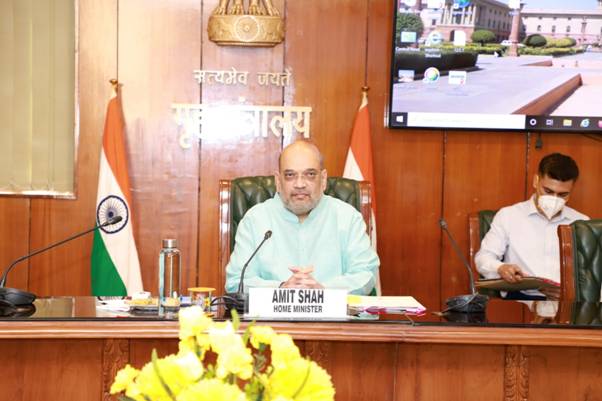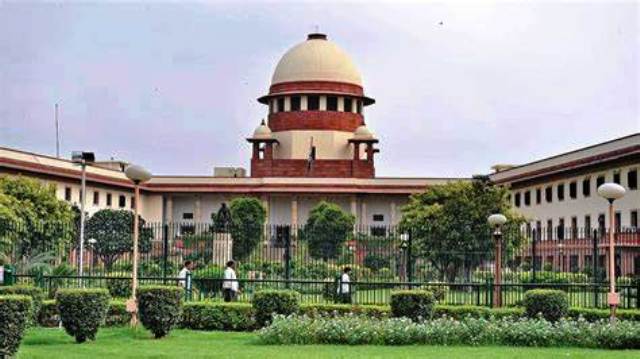New Delhi: Union Home Minister Amit Shah held a high-level meeting today to review the preparedness of measures to deal with the flood situation in the country.
In this meeting, a number of decisions were taken to have a new system of coordination between the IMD, Jal Shakti Ministry, CWC, and NDRF.
He also reviewed the long-term measures for the formulation of a comprehensive and overarching policy to mitigate the perennial flood problems of the country.
Union Home Minister directed the officials to continue to strengthen coordination between the Central and State agencies to have a permanent system for forecasting floods and rise in water levels in major catchment zones/ areas of the country.
Shah advised the Ministry of Jal Shakti to work out a mechanism for the desilting of large dams, which will help in increasing dam storage capacity and help in flood control.
The Union Home Minister also advised specialized institutions like the India Meteorological Department (IMD) and the Central Water Commission to use state-of-the-art technology and satellite data for more accurate weather and flood predictions.
The Union Home Minister directed the formation of an SOP immediately to broadcast IMD warnings on lightning strikes to the public at the earliest through TV, FM Radio, SMS, and other mediums. He also directed forgiving maximum publicity to various mobile apps related to weather forecasting like ‘Umang’, ‘Rain Alarm’ and ‘Damini’, developed by the IMD, so that their benefits reach the targeted population. Damini app triggers warning about lightning strikes three hours in advance which can help reduce losses to life and property.
Shah also advised that studies should be conducted through satellite application on the increasing strains on our river systems. He also underlined that while being sensitive to rivers, we should also take care of the water flow of the rivers.
The Home Minister directed the Central Water Commission, the Indian Meteorological Department, and the National Disaster Response Force to continuously monitor the water level and flood situation in rivers and send regular reports to the Ministry of Home Affairs. He also directed the DG NDRF to immediately hold meetings with the heads of the SDRF in flood-prone states.
Director-General, Indian Meteorological Department (IMD) and Chairman, Central Water Commission (CWC) made presentations and informed about the action taken on the directions given by Union Home Minister in the flood review meeting held last year.
They apprised about the improvement in weather and flood forecasting techniques, initiative to update rule curves of Dams in India.
A large area in India is prone to flood in which Ganga and the Brahmaputra are main flood basins and Assam, Bihar, Uttar Pradesh, and West Bengal are the most flood-prone states.
The decisions taken in the meeting will go a long way to mitigate the sufferings of the lakhs of people in the country who have to face the fury of floods in terms of damage to their crops, property, livelihood, and precious lives.


















